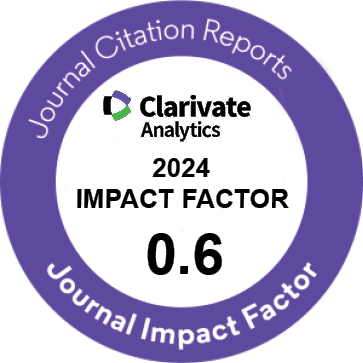| Original Article | |
| A Comparative Analysis Between Day 2 and Day 3 Embryo Transfer in IVF/ICSI: A Retrospective Cross-Sectional Study | |
| Shahrzad Zadeh Modares1, Marzieh Zamaniyan1, 2, Nafiseh Baheiraei3, Nasrin Saharkhiz1, Farhang Abed1, Narges Malih4, Mohammad-Reza Sohrabi4 | |
| 1Infertility and Reproductive Health Research Center (IRHRC), Shahid Beheshti University of Medical Sciences, Tehran, Iran 2Infertility Center, Department of Obstetrics and Gynecology, Mazandaran University of Medical Sciences, Sari, Iran 3Department of Anatomical Sciences, Faculty of Medical Sciences, Tarbiat Modares University, Tehran, Iran 4Department of Health and Community Medicine, Faculty of Medicine, Shahid Beheshti University of Medical Sciences, Tehran, Iran |
|
|
IJWHR 2016; 4: 119?124 DOI: 10.15296/ijwhr.2016.28 Viewed : 5454 times Downloaded : 4884 times. Keywords : Embryo transfer, Fertilization, Implantation, Pregnancy |
|
| Full Text(PDF) | Related Articles | |
| Abstract | |
Objectives: Although the fertilization and cleavage rate of implanted embryos is about 70%-90% in most patients, only a small number of embryos grown in vitro have the potential to implant. This indicates that many factors are responsible for a successful implantation, including obtaining viable embryos for transfer. This study aimed to examine the clinical results of pregnancy and implantation rates between day 2 and day 3 embryo transfer (ET) in women under the age of 40 experiencing fresh intracytoplasmic sperm injection-embryo transfer (ICSI-ET) cycles. Materials and Methods: In a retrospective study, a total of 284 ETs were examined from March 2013 to December 2014. The transfer was done according to physician?s preference, patient characteristics or number of embryos available. Results: The data suggested that clinical (35.4% vs. 28.9%, P = 0.26) or ongoing pregnancy (32.5% vs. 23.7%, P = 0.11) or implantation rate (0.267 ± 0.2 vs. 0.216, P = 0.09) was slightly better and the miscarriage rate (3.1% vs. 7%, P = 0.153) was slightly lower on day 3 ET vs. day 2, however, this difference was not significant. Although most of the baseline characteristics were similar between groups, the number of high-quality embryos (5.29 ± 3.9 vs. 4.47 ± 3.05, P = 0.011) and average embryo cleavage score (2.85 ± 0.4 vs. 2.25 ± 0.3, P < 0.001) was significantly higher in the day 3 ET in comparison to the day 2 ET. Conclusion: A similar clinical outcome between ET performed on days 2 and 3 in women younger than 40 years undergoing fresh ICSI-ET is suggested by the results of this study. |
Cite By, Google Scholar
Google Scholar
PubMed
Online Submission System
 IJWHR ENDNOTE ® Style
IJWHR ENDNOTE ® Style
 Tutorials
Tutorials
 Publication Charge
Women's Reproductive Health Research Center
About Journal
Publication Charge
Women's Reproductive Health Research Center
About Journal
Aras Part Medical International Press Editor-in-Chief
Arash Khaki
Mertihan Kurdoglu Deputy Editor
Zafer Akan























